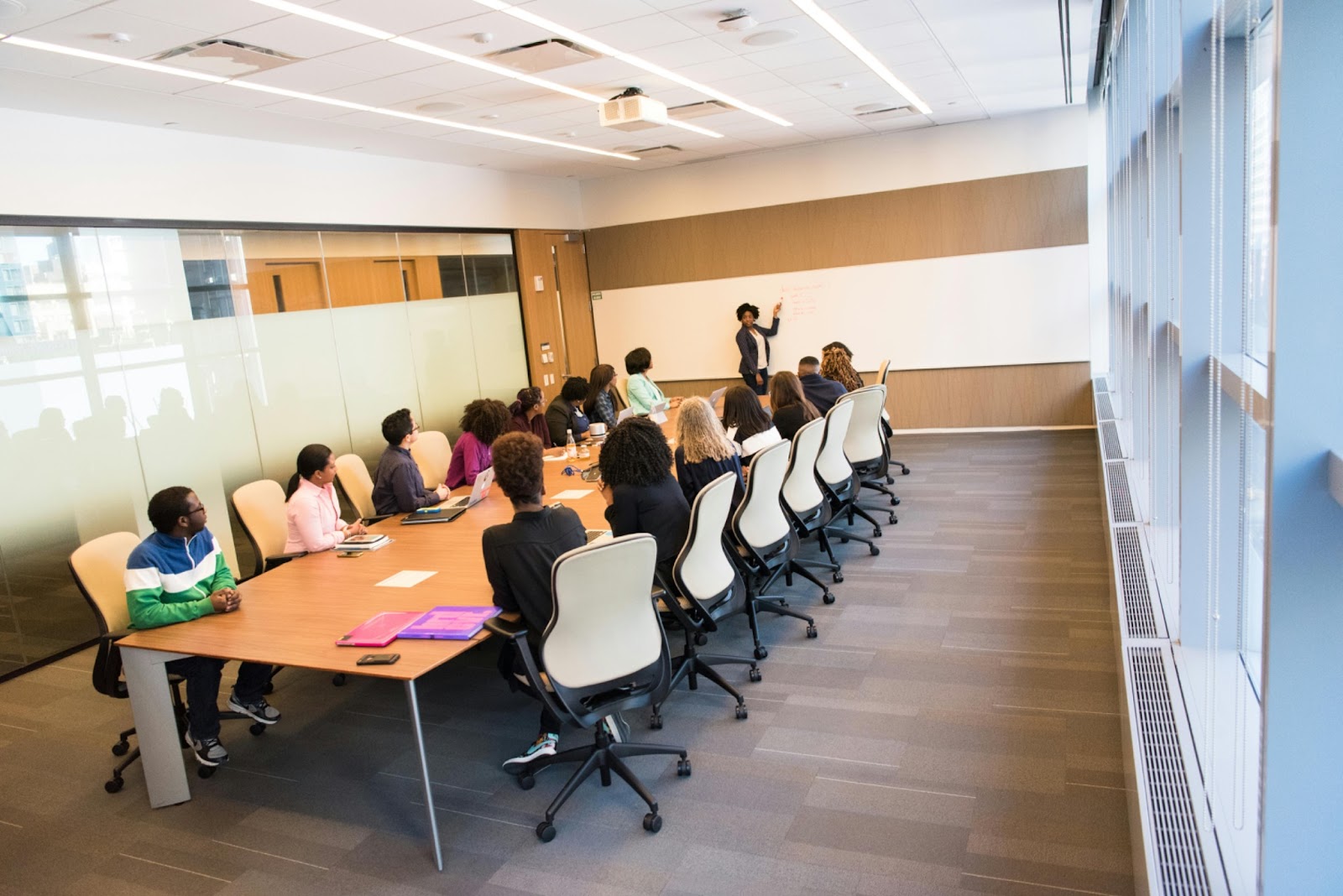How to organize an AGM (General Assembly)?

The general meeting Is a A defining moment for any organization, whether it is a company, an association or a condominium. It allows certain important decisions to be taken collectively in accordance with statutes.
Its preparation requires a great rigor. One summoning non-compliant or a quorum insufficient may be enough to compromise the regularity of the meeting. Formal or organizational errors can thus lead to disputes.
To ensure a Compliant dress of the AG, it is essential to respect the legal bases and internal operating mechanisms, in particular those related to stockholders or to designated members.
It will then be useful to understand the Fundamentals of general meetings, to identify the elements to anticipate and to rely on best practices at each stage.
What is a General Assembly and why should one be organized?
Definition of an AG
THEgeneral meeting is a collective decision-making body. It brings together, at a fixed date, each partner or shareholder of a society, the members of the association, or the co-owners of a building.
Its role is to deliberate on the main guidelines, to approve certain management acts, or to rule on the statutory life of a structure. La holding of the meeting is governed by the applicable legal texts and, above all, by the Statutes of the association or of society.
In particular, GA makes it possible to:
- Validate the accounts for the past financial year ;
- appoint or renew management bodies ;
- decide on draft amendments to the statutes ;
- or authorize certain exceptional acts.
Its organization is mandatory in many structures. It can also be convened on an exceptional basis to meet a specific or statutory need.
The different types of AG
There are several forms of meetings, whose responsibilities vary according to the internal rules and the legal nature of the structure.
In commercial companies, a distinction is made between:
- The ordinary general meeting (AGO), which meets at least once a year to decide on the accounts, the allocation of results or the management of managers;
- The Extraordinary General Assembly, convened to decide on structural changes (capital increase, merger, dissolution, etc.);
- The combined general meeting, which combines both ordinary and extraordinary decisions in the same agenda.
In the associations, the distinction between ordinary and extraordinary also exists, even if it depends heavily on statutes. The headquarters is generally the place chosen for the meeting, unless otherwise specified.
The general condominium meeting is convened at least once a year, under the impetus of the trustee, in connection with the union council. It allows you to vote on the budget, the work or even the appointment of service providers.
Whatever the context, organize an assembly is an essential governance exercise, guaranteeing the regularity of decisions taken.

What are the steps to organize an GA?
Summoning the participants
The general meeting can only be validly held if the participants have been summoned in accordance with the rules. The person authorized to convene depends on the structure: manager, president, trustee or board of directors.
The content of the convocation must include some mandatory information, such as date, time, Assembly hall and the agenda, which determines the items on which the participants will be asked to vote.
The convening deadline is variable. Generally 15 days for a company, longer for an association if the statutes provide for it. The mode of convocation can be done by postal or electronic mail, but it is still advisable to prefer the registered letter with acknowledgement of receipt.
A breach of the summons may result inirregularity of the GA and the contesting of decisions.
Quorum calculation and validity conditions
The quorum Refers to minimum number of participants required so that the meeting can validly deliberate. It is defined either by law (e.g.: Commercial code), or by the statutes.
This threshold can be expressed as a number of votes or as a percentage of share capital. Its verification is essential At the start of the session. In his absence, the meeting must be reconvened.
La validity of the deliberations then depends on compliance with majority rules, which vary according to the nature of the decisions put to the vote.
The process of votes and decisions
Once a quorum is reached, the GA can deliberate on the items on the agenda. Les decisions taken must respect the internal majority rules.
The Voting method maybe:
- one Vote by show of hands ;
- one Secret ballot ;
- Or a Postal vote, depending on the case.
Some common decisions, such asApproval of annual accounts Or theassignment of the result, are taken to the Simple majority. Others, more engaging (e.g.: modification of the statutes), require a reinforced majority.
The President of session Ensures the smooth running of exchanges. He can be assisted by a session secretary responsible for recording the discussions.
Drafting and distributing the minutes (PV)
At the end of the meeting, a Minute must be written. This document traces the points addressed, the decisions voted, the results of the elections and any comments made.
It should include some mandatory information, such as the Text of adopted resolutions, the voting procedures, the list of participants and the powers given if applicable.
The minutes are signed by the persons designated by the statutes (often the president and the secretary). It is then stored in the archives of the structure and publicized according to the procedures provided: filing at the registry office, sending to members, posting, etc.
Its good wording guarantees the traceability of decisions and protects the structure in case of litigation.

How do you choose the location of your General Assembly?
The Place of the meeting is a strategic element that is often underestimated. It directly influences participation, the quality of exchanges and the respect of the required formalism.
Among the most decisive elements:
- The capacity and accessibility of the place : The expected number of members requires an adapted space, accessible to people with reduced mobility and well served by transport. This criterion is essential to ensure that everyone can To meet in good conditions.
- The technical equipment available : As required, the meeting place must allow the projection of documents, the use of microphones or the holding of a video conferencing. Some participants can follow the GA remotely, provided that this modality is authorized by the statutes.
- Logistical and legal aspects : The Day of the meeting, sound Time and place must appear precisely on the invitation. An oversight or an imprecision could call into question the validity of decisions. It is often necessary to provide a admission card in large structures.
If the structure does not have adequate space, the room reservation exterior should be considered. In all cases, the choice of venue should be consistent with the legal framework and the objectives of the meeting.
What are the logistical challenges to be anticipated?
The success of a general meeting is based as much on respect for the legal framework as on a well-thought-out logistical organization. A material oversight or a failure in attendance control can slow down or even invalidate the decision-making process.
On the day of the GA, access and attendance management is essential. A rigorous score of members present must be insured at the entrance. La Attendance sheet is signed or validated duringEnmarge, then kept with supporting documents.
Participants may be physically present or represented by proxy, according to internal rules. In some structures, a Postal vote can also be expected.
To ensure the smooth running of the elections, it is recommended to prepare the following materials in advance:
- one voting form clear and in line with the agenda;
- Of ballots in sufficient quantity;
- signage to guide participants and identify voting areas.
Finally, the place must be secure, accessible and equipped to accommodate all participants, regardless of their specific needs. Good logistics promotes a peaceful climate and effective decision-making, while securing Voting rights of each one.

What mistakes should you avoid when organizing an AGM?
Some negligence, even apparently minor, can have serious consequences for the validity of the meeting. Here are three common mistakes to avoid:
- Neglecting summons and legal deadlines : An incorrectly convened AGM or convened after the deadline risks nullity. Any error in the form or convening deadline can call into question the Assembly deliberations.
- Underestimating logistical requirements : A room that is too cramped, a poor connection for hybrid AGMs or a lack of equipment weakens the process. Even on a technical level, the organization respects a certain formalism which must be anticipated.
- Pay little attention to the minutes : The PV must be clear, complete, updated and contain all the required documents. An inaccurate or incomplete report may To be cancelled in the event of a dispute, even several months after the meeting.
By making sure to avoid these frequent mistakes, it becomes possible to organize a serene, compliant, and truly effective general meeting.
Conclusion
Whether it is a constituent general meeting, of a association general meeting or a classic annual general meeting, the organization of this type of meeting requires method, rigor and foresight.
Each step counts, convening, agenda, checking attendance, voting, and formalizing Assembly decisions. Thus, the mastery of logistical tools and the good preparation of the minutes can make the difference. This applies to companies as well as to associative structures.
Anticipating, structuring and finding an ideal location are essential elements in order to approach your next general meeting, regardless of its form or challenge.